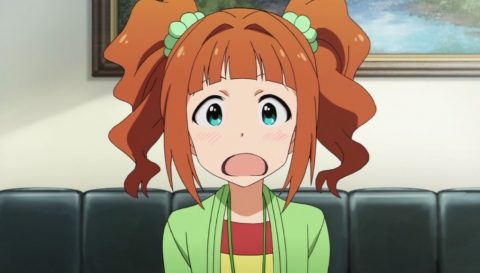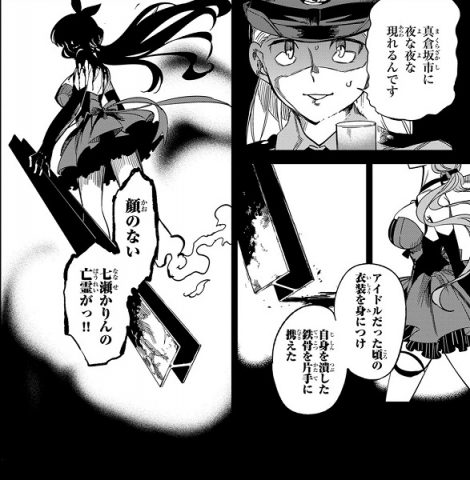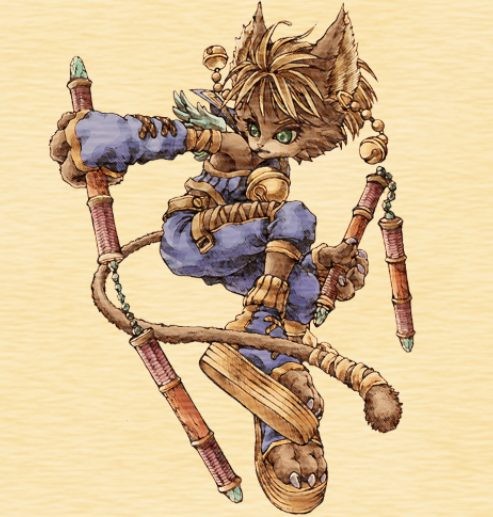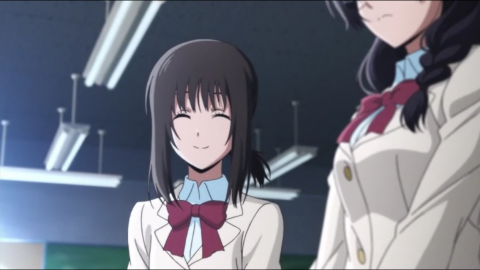"Sengoku Youko" is currently being broadcast as an anime, but what exactly are the Darkness (Kataware) that appears in the work? Many of the characters that appear in the work are particularly prominent, so I think many people know what the Darkness characters look like and what attributes they have. However, there are probably many fans who have not yet looked deeper into the origins of the Darkness and what culture it is based on. In this article, I would like to delve deeper into the setting of the Darkness in this work, which is actually quite deep. As the setting is heavily entwined with Japanese culture, I think it will be very enjoyable for fans who are interested in Japanese history and culture. Be sure to check it out!
What is Darkness?

Before analyzing the true nature of darkness in this work, let's first clarify some basic concepts about darkness. The darkness in this work is depicted as a character similar to the monsters that appear in other animated works. Therefore, some people may consider it to be similar to those characters in other works, and even if they do, this work is still enjoyable.
An entity hostile to humans

Like the monsters that appear in many works, the darkness that appears in this work can be said to be fundamentally hostile to humans. Among the many battle scenes in this work, there are many depictions of battles between humans and darkness. It can be said that battles between humans and darkness are unfolding in the world of this work beyond the battles depicted in this work. When you think about it that way, while humans are fighting the darkness, they are also fighting among themselves for control of the world. It's a terrifying time, isn't it?
Humans can also approach darkness
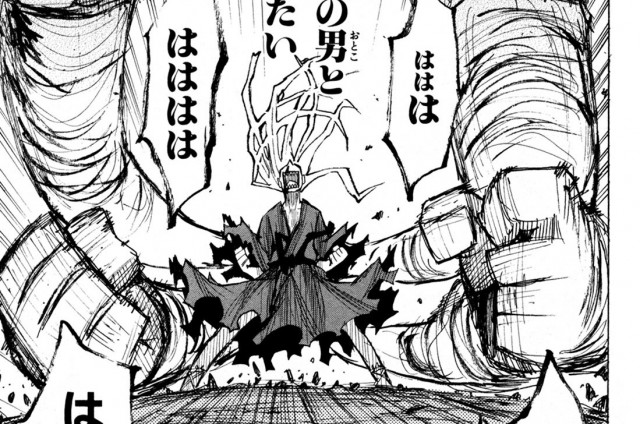
What sets the darkness in this work apart from monsters in other works is that humans can also approach it. In the story, a certain organization seems to be trying to draw humans closer to darkness and obtain its power. Thanks to the results of this organization's research, many characters in this work are able to use the power of darkness despite being human.
Can they understand each other?
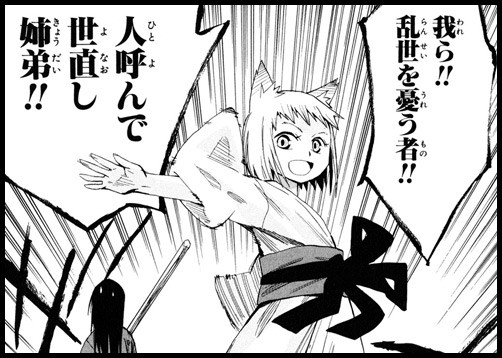
Thus, while characters of different attributes—human and dark—appear, the story unfolds in a world where the boundaries between them are somewhat unstable. One of the themes of the work is how characters of different attributes—humanity and darkness—interact with each other and whether they can understand each other.
The Coexistence of Humans and Darkness

As mentioned earlier, this work depicts the relationship between characters from completely different positions: darkness and humans. The coexistence of humans and darkness is depicted in detail throughout the story. This is a major element that prevents this work from becoming a pure battle manga, but rather one that incorporates drama. The coexistence of darkness and humans is depicted very importantly in this work, so be sure to check it out.
A Presence That Is Inevitably There
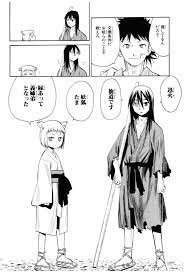
In this work, darkness is depicted as a common presence, just like humans. As evidenced by the fox spirit Tama, who is the companion of Jinka, the protagonist of the first part of this work, people seem to recognize the existence of darkness in their daily lives, and some people, like Jinka, live alongside it. Rather than being like what we would call ghosts or monsters today, darkness is more like a foreign tourist walking around town, isn't it?
Sometimes they cooperate, sometimes they fear
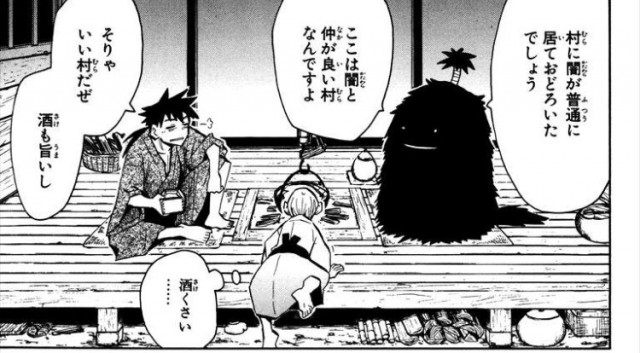
However, it seems that humans and darkness do not coexist perfectly in harmony. There are scenes in the story that suggest it is rare for humans to coexist with darkness, and from an average person's perspective, it seems impossible for them to work together. Darkness itself seems to be aware of this, and while humans and darkness acknowledge each other's existence and there are communities where they sometimes cooperate, they are somewhat unapproachable and, in some cases, even come into conflict, making them a rather unstable entity.
Object of Worship

The story also depicts people fearing the power of darkness and worshiping it as a god. This is what makes the story interesting: darkness is both a partner with whom we coexist, a target of conflict, and a sublime being to be worshipped. This complex perception of darkness is what makes it difficult to understand in the story, and it can be confusing for first-time readers.
Why complicate the relationship between darkness and humans?

But why did the author choose to depict such a complex relationship between darkness and humans in his work? From here, I would like to unravel the reasons for the complexity of the relationship between darkness and humans in this work from various angles.
Japanese People and Animism
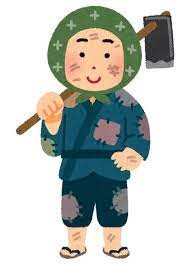
The complex relationship between humans and darkness depicted in this work is heavily intertwined with the uniquely Japanese philosophy of animism. This complex perception of mysterious beings that transcend human power as both enemies and targets to be abandoned is quite different from the Western concept of monsters and demons, and is a way of thinking cultivated by a uniquely Japanese view of nature. From here, I would like to explain in detail how the darkness that appears in this work is connected to the Japanese philosophy of animism.
Japanese People Worship Nature
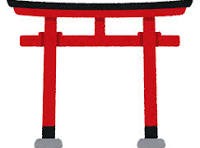
The Japanese philosophy of nature worship is technically known as animism. Also known as animism, animism is a form of belief in the belief that various spirits reside in everyday phenomena and objects. Many customs remain in our daily lives, such as beliefs like "There's a god in every grain of rice" or "God resides in disposable chopsticks, so we should break them before disposing of them after use." These beliefs are precisely what we call animism.
Thoughts Unique to Rural Societies
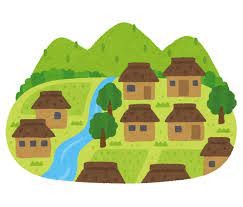
So why did the Japanese have such beliefs? One explanation is that, since ancient times, the Japanese have built a society in symbiosis with nature. The Japanese archipelago, in particular, is prone to natural disasters, and these threats, beyond human control, were commonplace. People at the time attributed these natural vagaries to the gods, viewing them as "capricious beings beyond our control." This is why humans often struggled to understand the thoughts of the gods of nature, and considered them to be childlike beings. Naturally, they could not be persuaded through words, so all they could do was worship them and try to change their mood.
Fear of the Unpredictable Phenomenon of Nature
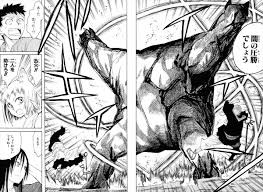
As such, many Japanese beliefs stem from a fear of natural phenomena. While darkness is depicted in this work as a being that transcends humans, this depiction truly reflects the Japanese fear of natural phenomena. Considering this, the setting effectively portrays the struggles of the rural communities of the time, who were exposed to the threat of nature but had no choice but to coexist with it.
Japanese People Worship Nature
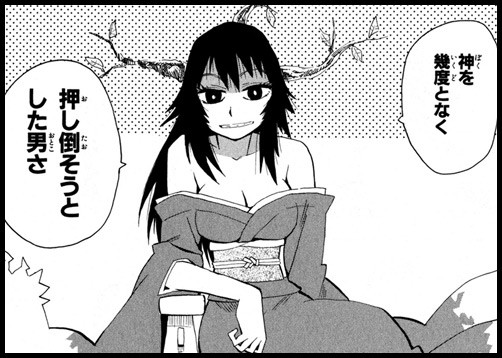
Thus, while Japanese people have a history of fearing nature, they have also tried to overcome that fear by worshiping it. Even today, there's a high probability that many of the shrines around you were built in an attempt to mitigate these natural disasters. I encourage you to visit the shrines around you and find out more about their backgrounds.
A uniquely Japanese setting
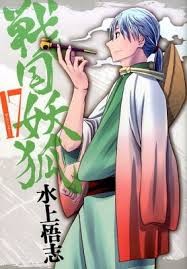
The unique Japanese belief in anthropomorphizing, fearing, and worshiping nature, a phenomenon beyond human power, remains strong in our lives today. The monsters depicted in Japanese works feel somehow endearing and familiar, perhaps due to our animistic beliefs, which consider nature to be a terrifying entity beyond human control, yet also a mysterious entity with which we can coexist.
Is Darkness a God?
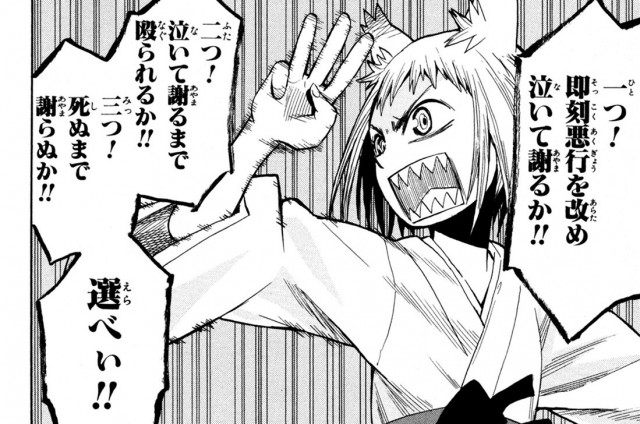
When comparing this work with uniquely Japanese beliefs, we can see many similarities. From here, I would like to examine the darkness that appears in this work in more detail, comparing it with the uniquely Japanese way of thinking about nature. While the work is set in Japan, it has various original settings and historical backgrounds, so it is possible to say that it does not reflect Japanese culture and thinking 100%.
Japanese Gods and Foreign Monsters

When trying to understand darkness, it's important to note the difference between Japanese gods and foreign monsters. Christian beliefs are deeply rooted overseas, and any beings with a form that is more than human are considered monsters or demons. Since these are generally in opposition to humans, there's generally no desire to portray these characters in a well-defined way.
Friendly Japanese Gods
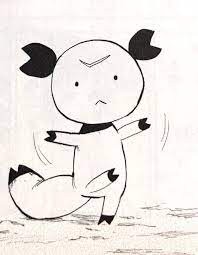
However, since Japanese gods are natural phenomena themselves, they sometimes do things that are beneficial to humanity. That's why, although gods are awe-inspiring beings that transcend human power, they are also depicted as somehow approachable beings.
A Clue Lies in the Mountain God
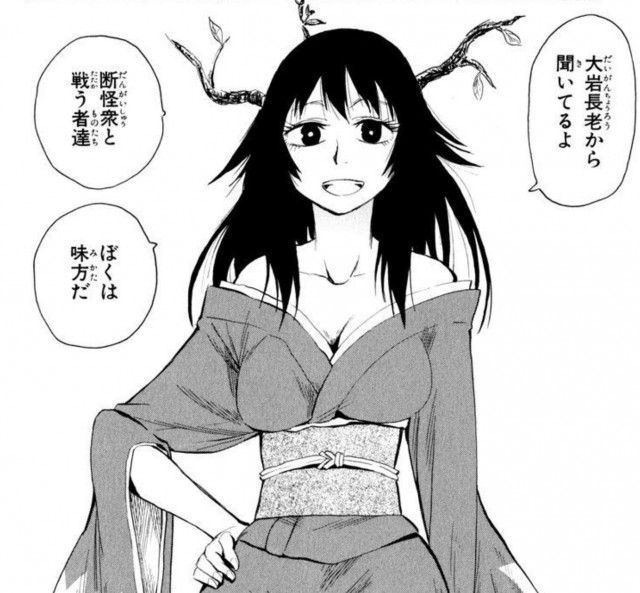
This view of Japanese gods is perfectly consistent with the mountain gods that appear in this work. While the mountain gods appear as a type of darkness in this work, they are in no way hostile to the protagonists. Rather, they are characters who greatly influence and benefit the protagonists. Thus, despite being essentially a dark entity that opposes the protagonists, they act in ways that benefit humans, which is why they are worshipped by the people as mountain gods.
Darkness and Shinto
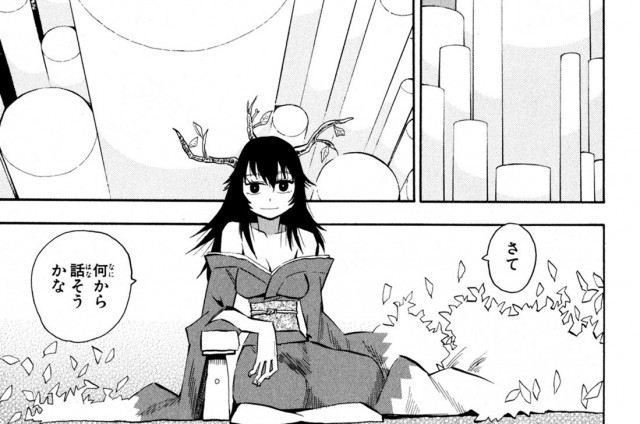
The mountain god's behavior is very similar to what we call gods in Japan. The word "kami" is even included in their name. If mountain gods are not special beings but are simply a type of darkness, then I believe that other darknesses, while inconvenient for humans, can also be interpreted as gods. Focusing on mountain gods and their relationship to darkness, we can see the close relationship between Japanese Shinto and darkness.
Gods Blending into Everyday Life
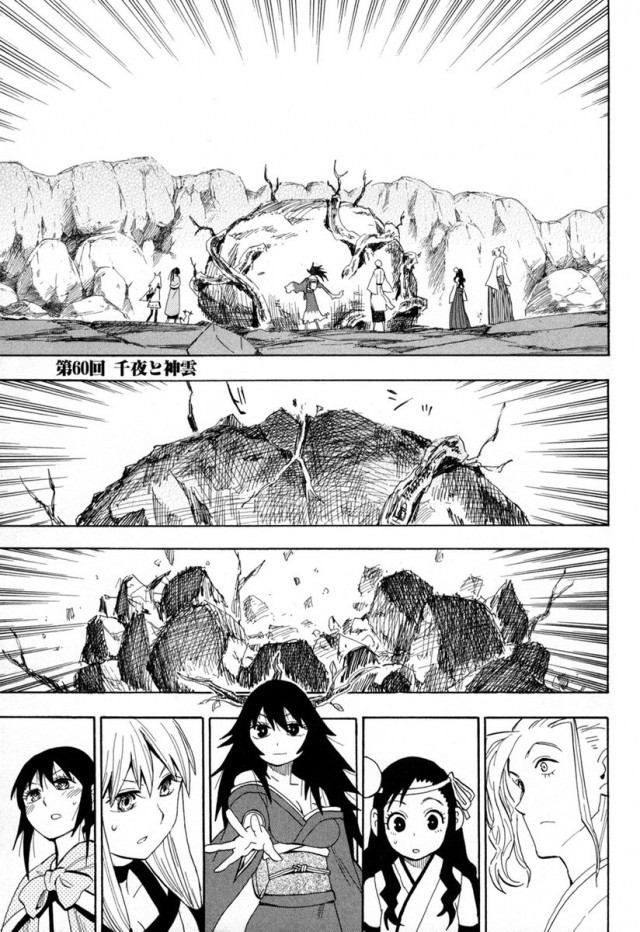
In this way, it is appropriate to consider the darkness that appears in this work to be the equivalent of what we would call gods in Japan. Because the darkness that appears in this work is based on Shinto, the Japanese religious belief, it is possible that, despite being characters who are different from humans, they are portrayed as beings so familiar to humans.
Works that clearly illustrate animism
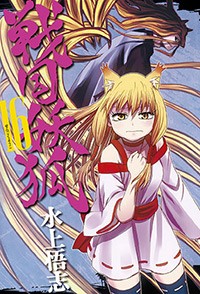
As such, it can be said that the dark characters that appear in this work are a great reflection of Japanese animistic thought. Japanese people have a very unique way of thinking about gods, and there are few anime works from other cultures that depict coexistence with monsters like this. From here, I would like to introduce some works that make this animistic thought easier to understand.
My Neighbor Totoro
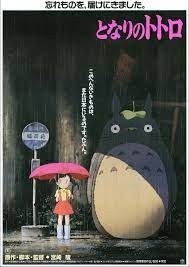
For understanding animistic culture, I highly recommend Hayao Miyazaki's "My Neighbor Totoro." This film depicts the interaction between children and Totoro, a Japanese deity that has existed since ancient times. While not emphasizing Totoro's divine status, the film succeeds in clearly illustrating how such a being interacts with people in Japanese culture. This makes it an excellent film for understanding animistic thought.
Princess Mononoke
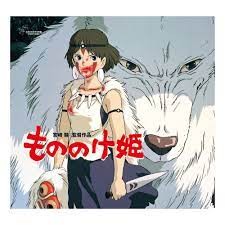
Similarly, Hayao Miyazaki's "Princess Mononoke" is an important work for understanding animistic thought. Set in an even earlier Japan than Totoro, its setting is similar to that of the Sengoku period fox spirits. Based on the Sengoku period, a time when humans and gods were at their most at war, this work also offers a clear understanding of Japanese thoughts about the gods.
GeGeGe no Kitaro
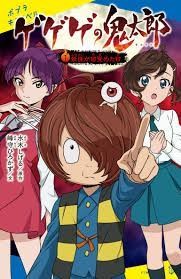
Although it primarily depicts yokai (spirits), Shigeru Mizuki's "GeGeGe no Kitaro" is also an important work for understanding Japanese thought. From the perspective of Japanese thought, yokai and gods are essentially the same thing, and while this work is called yokai, it features many characters who play god-like roles. Because it truly deals with all demons and spirits, it's a crucial work for understanding the gods, who are terrifying beings to humans. Be sure to check it out.
Pokémon
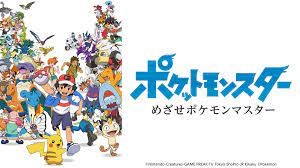
Though not a work that focuses on monsters or gods, the Pokémon that appear in "Pokémon" also reflect animistic beliefs. For example, Groudon, who rules the earth, and Kyogre, who rules the sea, appear in the work. Viewing monsters as powerful beings that control natural phenomena is a uniquely Japanese way of thinking. While the setting depicts a world completely different from our own, the creators are Japanese, and there's no doubt that Japanese thought is deeply reflected in the work.
Summary
What did you think? This time, I've explained the darkness that appears in "Sengoku Youko." Unlike monsters that appear in other animated works, darkness is depicted as a character living alongside humans. It could be said that the Japanese way of thinking about gods lies hidden behind this dark setting. Perhaps this way of thinking about gods is the reason why Japanese people are said to be so strong around the world when it comes to character content.

